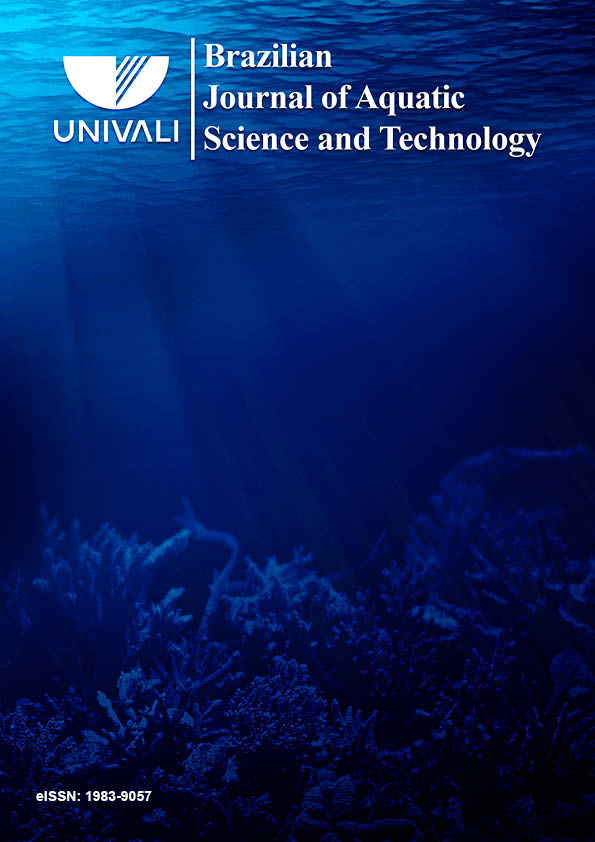Aspectos biológicos e socioeconômicos da pesca esportiva no "Deck do Pescador" de Santos (SP, Brasil)
DOI:
https://doi.org/10.14210/bjast.v20n1.5301Abstract
Sport fishing is one of the fastest growing leisure categories in today's world. In Brazil it is also practiced as a sport or leisure, noncommercial purposes. However, few studies are conducted in order to manage this activity in a sustainable manner. This study aimed to analyze sport fishing, practiced the "Fisherman’s Deck" (Santos, SP, Brazil), describing their biological characteristics and the socioeconomic profile of its participants. We interviewed 150 fishermen, aged between 12 and 82 years, 85% male. The majority (56%) has a college degree and resides near the fishing spot. The target species are swordfish (Trichiurus lepturus), bass (Centropomus spp.), Hake (Cynoscion spp.), betara (Menticirrhus americanus), corvina (Micropogonias furnieri) and hake-yellow (Macrodon atricauda). Three types of fishing, bottom fishing, surface and crab were identified. Fishermen indicated that fish stocks have declined due to increased commercial fishing and pollution. Each fishery lasted on average 5.0 (S.D.=2.1) hours and captured 850,8g (S.D.=962.5) g / angler / day. The estimated catch for the study period was 1314.8 (S.D.=1919.1) kg, representing less than 3% of fish landed by commercial fishing. Therefore, sport fishing from "Fisherman’s Deck" causes low impact to regional fish stocks.
Downloads
Published
Issue
Section
License
Authors who publish with this journal agree to the following terms:
1. Authors retain copyright and grant the journal right of first publication with the work simultaneously licensed under a Creative Commons Attribution License that allows others to share the work with an acknowledgement of the work's authorship and initial publication in this journal.
2. Authors are able to enter into separate, additional contractual arrangements for the non-exclusive distribution of the journal's published version of the work (e.g., post it to an institutional repository or publish it in a book), with an acknowledgement of its initial publication in this journal.
3. Authors are permitted and encouraged to post their work online (e.g., in institutional repositories or on their website) prior to and during the submission process, as it can lead to productive exchanges, as well as earlier and greater citation of published work (See The Effect of Open Access).

